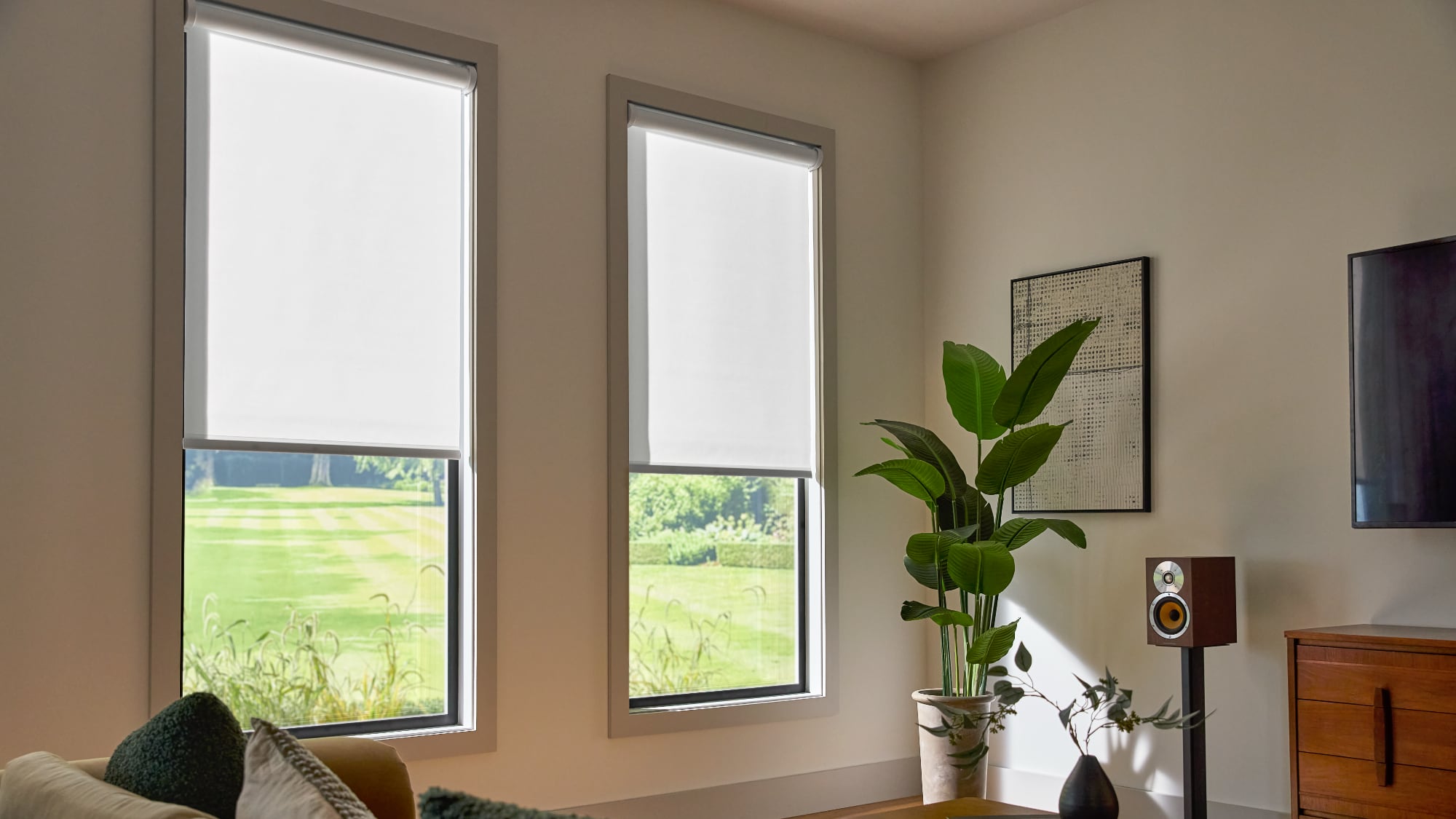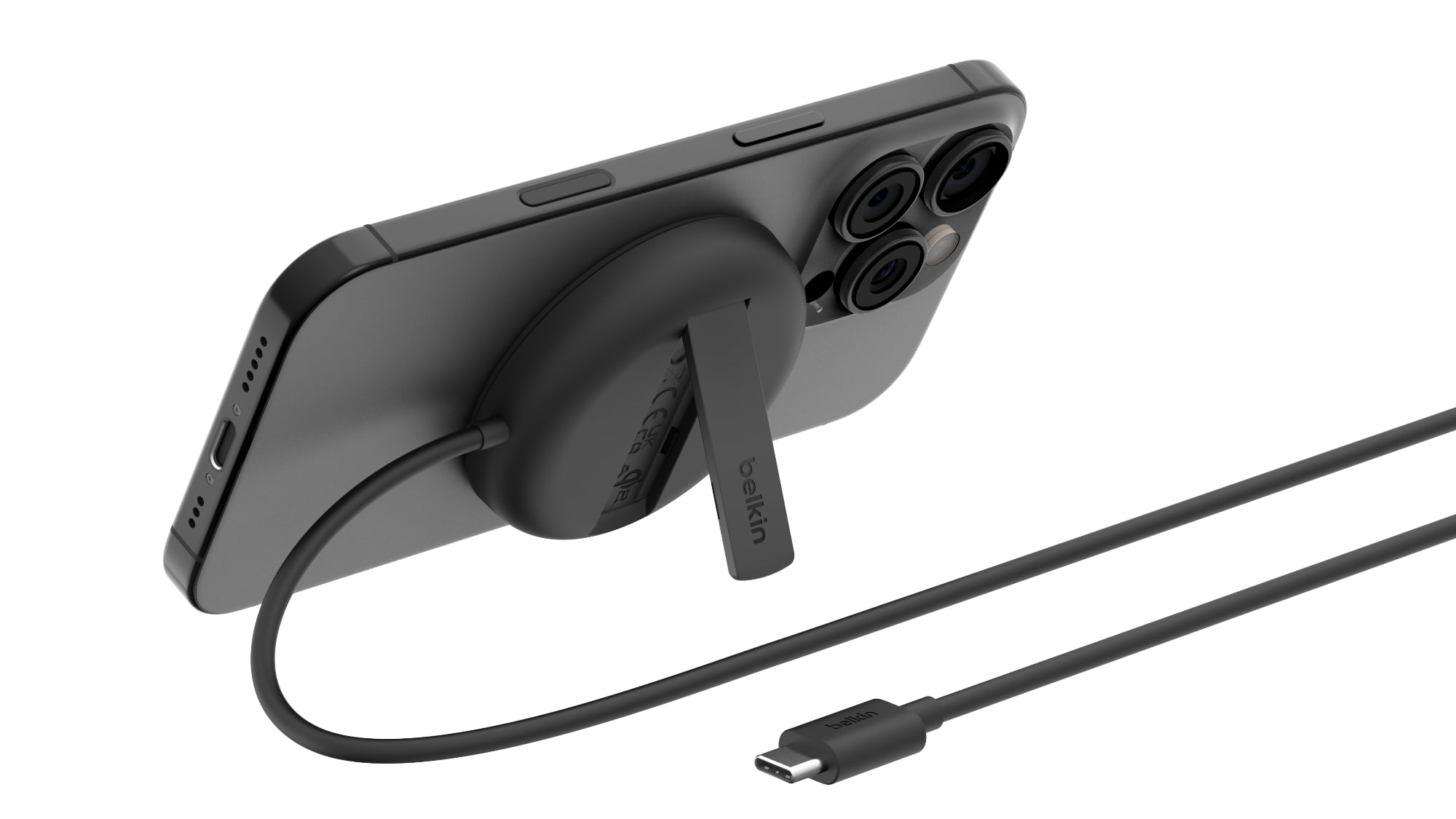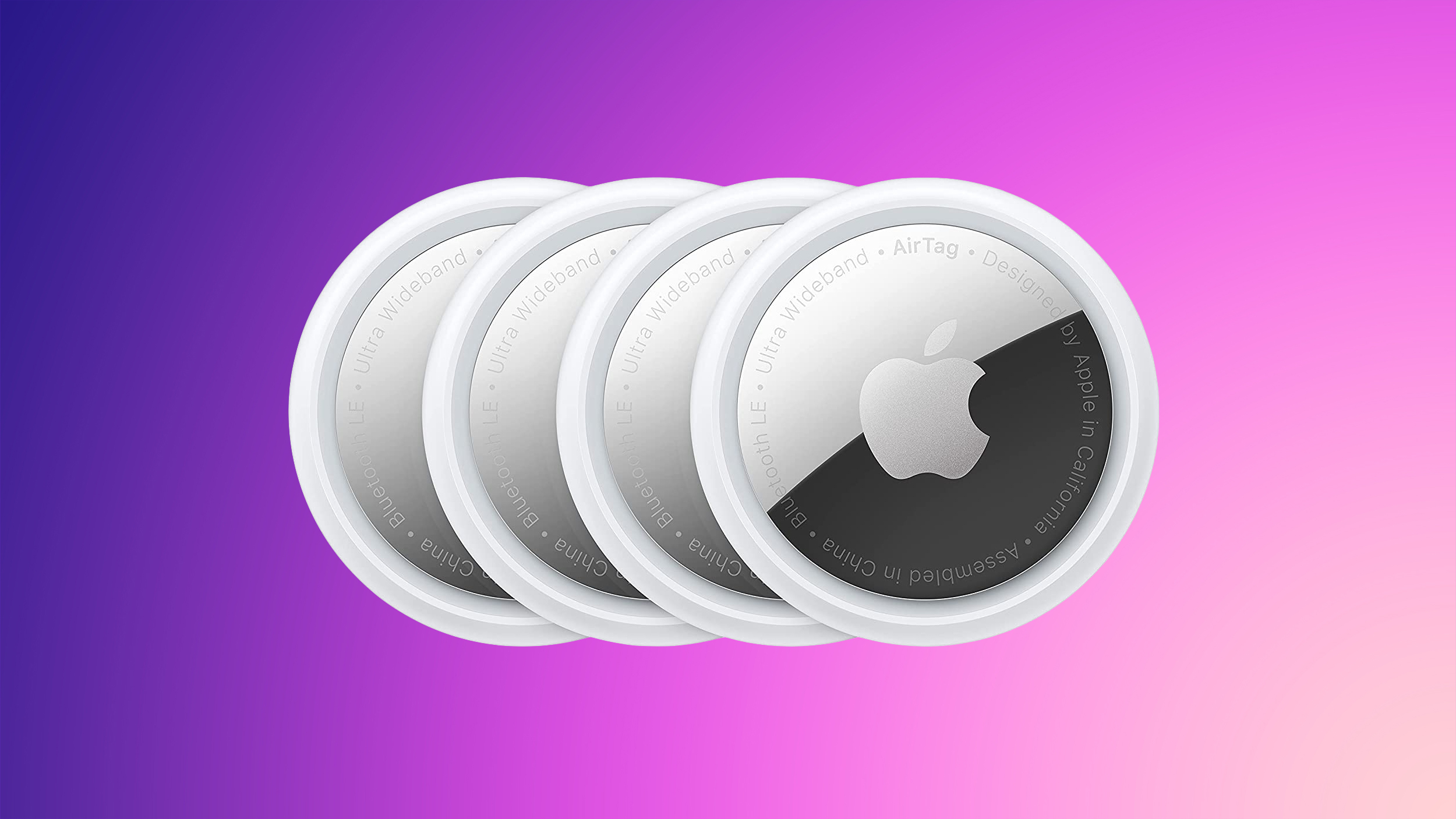Hammerhead Karoo 2 review: All about the updates
![]()
Hammerhead claims that the Karoo 2 is the closest you’ll get to a smartphone. That’s no surprise, because this is a Google Android-based bike computer – the operating system that so many phones run – which is cause for some excitement.
Hammerhead’s pitch with the Karoo 2 is that you’ll get regular updates. And that’s true – indeed, we’ve started to write this review on several occasions, only to find we wanted to explore something more following additional updates.
As a result of updates, the Karoo 2 has got better over the months we’ve been using it. But is it good enough to tempt you away from the likes of the Garmin Edge?
Design and build
- Dimensions: 100.6 x 60.8 x 19.3mm / Weight: 131g
- Handlebar and out-front mounts included
- IP67 waterproofing
The Hammerhead Karoo 2 has a 3.2-inch display, meaning it sits between the Garmin Edge 530/830 and Edge 1030 sizes, but it’s bigger than the Wahoo bike computers. It’s on the larger size, yes, but that’s good for quick glancing.
The body itself is a glass-filled polycarbonate, with an elastomer bumper. The display is topped with Dragontrail Glass for scratch resistance, while the whole package gets an IP67 rating to keep the water and mud out.
On the rear there’s a sealed compartment you can open with a coin that will accept a SIM card, while a USB-C socket on the bottom of the device is used for charging. This has a rubber bung that inserts into it (with a spare in the box), but it’s not attached in any way. We’ve no qualms about losing it on a ride, but we might lose it when we have to take it out for charging.
We’ve used the Karoo 2 in rain and shine, through mud and sleet, and we’ve no worries about the waterproofing of this device. It feels solid, it looks good, and it’s kept on going with all we’ve put it through.
We’re not huge fans of the buttons being on opposite sides of the body, though, because we find it more difficult to press a button than ought to be. Press the bottom button too hard and the device might rotate on the mount – which is how you remove it. But with another button on the other side, gripping to press on one side is a little more difficult. Basically, we’d prefer them to be staggered.
It’s something of a moot point, however, given that most cycling gloves these days work with touch displays (or one finger does at least) and there’s touch support for pretty much anything you might want to use a button for – although this is less reliable in the wet, when the buttons come into their own.
Turning to mounting, there’s an out-front mount in the box, which users Hammerhead’s connection system. This will let you slide it into place to lock in securely, with a twist to release and slide forward again to remove. This means you can mount it on busy handlebars without a twist as large as you’d need for a Garmin computer, for example.
The supplied mount is designed to sit out the front of your handlebars and to be aerodynamic. It’s designed for standard 31.8mm bars and there’s no shims supplied for anyone riding a vintage steed or anything smaller.
| collection: | mount |
There is an adapter to switch the Karoo 2 to a Garmin quarter-turn mount, which was bundled with preorders, otherwise available as an accessory (it’s £14 in the UK). That’s a great option as you can switch between bikes using an old mount (which we did), without having to mess around with changing all the mounts on all your bikes.
Display and hardware
- Sensors: Accelerometer, magnetometer, gyroscope, barometer
- Display: 3.2in panel, 800 x 480 pixels (292ppi)
- Connectivity: GPS, ANT+, Bluetooth
- Connection: Wi-Fi, 3G, 4G
- 32GB storage
The display is important, because in a world of data, that’s what you spend your time looking at. It’s a good resolution too, with 292 pixels per inch, and while that’s somewhat lower in count than the latest smartphones, it suits the content well enough – which is the important point.
As this is an Android-based system (Android 8, so generations behind current phones), some of the interface and interactions will be familiar. Trying to use the tiny keyboard, however, especially for setup, is a little tedious – and Hammerhead could well do with offloading some of these tasks to a companion app, in the way Garmin does.
There is plentiful brightness, but it’s not automatic, so you might have to swipe to bump it up when the rain starts falling – or indeed when the sun comes out.
There’s a Qualcomm-supplied quad-core processor, 32GB of storage, and a whole world of connectivity. That includes all the essentials: Bluetooth and ANT+ for accessories; GPS for location tracking; Wi-Fi for syncing and updates; 3G/4G for mobile data connectivity; motion sensors to aid navigation, and so forth.
This being an Android device it’s important that there’s enough power to do what you want. Startup is a little slow, but we’ve got used to starting it on the way to getting changed for a ride. Loading routes and profiles is a little slower than we’d like too, but we’re sure that software updates could fix this.
It’s easy to manage connected devices, perhaps a little simpler than some other bike computers, especially if you know your way around Android.
We tested the Hammerhead with Garmin ANT+ bike sensors, Scosche Rhythm+ 2.0, and the Polar Verity Sense via Bluetooth – and found no connectivity problems at all.
On to that smartphone-like experience. There’s no call support, because even with the SIM card this isn’t a phone, but the card slot in the back gives the option for a permanent data connection. Otherwise, you can just use a Wi-Fi hotspot from the phone – the one that’s probably in the back pocket of your jersey anyway – to save you needing another SIM.
However, there’s no data connection between the Karoo 2 and your actual smartphone via Bluetooth – all the syncing that the Karoo 2 does is via its own Wi-Fi or data connection if you’ve given it a SIM card. That’s mostly fine – but does also present some limitations.
You could, of course, ditch your smartphone and just take the connected Karoo 2, knowing that it will give you map searching and other features. But on a display this small, it could end up being just a little too frustrating when you get properly lost.
How Hammerhead handles its data
- Karoo Companion app
- Browser-based dashboard
- Third-party services
You need to make sure the Karoo 2 is connected to Wi-Fi if you want to sync a new route that you’ve made, or to push ride data to a third-party service, because Hammerhead isn’t trying to run its own platform.
This is the fundamental difference between the Karoo 2 and Garmin’s devices: Garmin wants you to be as connected as possible, to feed data into Garmin Connect and drive the data machine. Hammerhead doesn’t offer that, so presenting some services is limited or constricted, while third-party connectivity plays a bigger role.
We hinted before that setup is a little strange. There’s no real smartphone app for starters: there’s the Karoo Companion app, which only handles push notifications; or there’s the web dashboard. This is a weird position for a company developing on Android, as you’d think Hammerhead would focus on being mobile first – but it’s not.
![]()
The notifications you get are a little basic too, missing a huge opportunity: Android quick replies. This is a gem that iPhone won’t know about, but quick replies on Android work really well on Garmin, letting you send a reply to an incoming message or call – really useful when you’re riding. Visually, the Hammerhead notifications are too basic too, so could certainly be presented better.
Instead you need to get yourself onto the browser and setup your Hammerhead account and then sign into your Karoo with that account when it arrives. There’s some downloading and updating that takes place – but syncing, you’ll remember, is via the device to third-party services and the dashboard, rather than within a smartphone app.
Really, your phone plays no part – and we think Hammerhead could make everything smoother with much closer pairing with phones. For example: if you want use the live tracking feature, that data can’t go via your Bluetooth-connected phone, you have to connect the Karoo 2 via Wi-Fi or a data connection and then share a URL to those you want to live track you.
It’s jumping through disconnected hoops and resulted in us using WhatsApp location tracking instead. Bear in mind that Garmin’s livetracking can be set to automatically notify a list of people as soon as you start a ride – and that’s really what Hammerhead needs to offer, rather than relying on people finding a link that was shared with them a few months prior.
![]()
Some might say there aren’t enough partnerships to drive this platformless system. For many, the link with Strava will give them all the data analysis they want, with the reciprocal Strava Segments in place too – which does have some parity to Garmin’s offering, allowing you to have your starred Segments pop up when you get to them.
But there’s a lot that’s not on the list – and while more is likely to come, Hammerhead really needs to cover all cyclists’ needs.
Naturally, without a full platform for data analysis, most will be looking at this on Strava – which you can read about here – with Hammerhead’s dashboard only showing basic time, route, distance and elevation details.
Being Android-based also adds opportunity. Hammerhead mentions sideloading APKs onto the Karoo 2, which might be beyond your average user – but certainly there’s the opportunity for native apps rather than just data syncing. With a little thought, the Karoo 2 could be running its own Strava app or a Komoot app – but with the Karoo 2 running Android 8 (software originally released in 2017), some developers might baulk at the thought of working with that older version.
On the saddle and navigation
- Profile customisation
- Offline mapping
- Rapid rerouting
With all that out of the way and accepted, riding with the Karoo 2 is actually great. The user interface presents a range of profiles, each offering up different data sets. The default selection is a little odd, but you can make a custom profile or edit any of the default profiles to your liking.
It’s worth having a play around with, because once you’ve entered one of these profiles you can’t back out and switch to something else if you find you can’t get to the data you want. But you can customise all the existing profiles, so if you want to add cadence instead of your average heart rate (or whatever) that’s easy enough to do.
And there are loads of data fields, including shifting information for Shimano Di2, battery life, every variant on time, power, climb, etc., that you can think of. It makes everything super customisable so you’re looking at exactly what you want.
Navigation is good, with the option to create routes on the device, sync routes from other platforms, import GPX files and so forth. Despite the lack of a proper smartphone app, you can download a GPX route and upload it to the Dashboard in your phone browser, to then appear on your Karoo 2 when it syncs.
Hammerhead does have a habit of changing routes – especially offroad routes. Having found and saved a route in Komoot, Hammerhead then imported and reinterpreted it, switching some of the forest paths to roads. Attempting to edit that route created a lot of doglegs, again attempting to avoid some of the paths that are perfectly legitimate to ride on.
![]()
Rerouting is rapid, however, but missing a waypoint can lead to lengthy rerouting instructions – especially if that missed point is the start of the route. You’ll spend the first 10 minutes being directed back to where you came from.
The GPS is accurate and fast to locate, with a good sense of direction. Thankfully it uses arrows on the route and a directional arrow for you, so on circuits or routes that cross themselves, there’s no confusion.
Navigating maps on a ride is easy too, because you can pinch and zoom, or drag around the map, which is far easier than Garmin’s system.
When you’ve planned a route and head out, you’ll be able to see route profile data so you can see how long those climbs are and when they’re coming up, so you can prepare yourself to open the hurt box.
Once in a route you can browse the maps on the device to make an alteration. For example, if you need to get home, you can zoom out on screen, drop a pin on home, then follow the new route easily enough – which is great for last-minute changes.
There is support for workouts too, which can be imported from TrainingPeaks, so you can directly access them on the Karoo 2. Although as we said previously, there’s room to expand this offering to make it more encompassing.
A lot of what the Karoo 2 offers is about expanding the offering too. As we said in the introduction, the software is always changing. Mostly this adds functionality which is welcomed – but we’ve seen a few rearrangements of the on-screen controls that took us by surprise. You’ll get an email detailing the changes, but Hammerhead also has a changelog here.
Battery life
- 2500mAh battery
- 12 hour reliable life
If you’ve used a smartphone you might be concerned about battery life. Having moved to Hammerhead from the capable Garmin Edge 830, we were pleasantly surprised.
You’ll get a reliable 12 hours of battery life from this computer. There are measures you can take to reduce the battery drain – including turning off the display if you just don’t need all those functions – and charging is fairly fast too.
You’ll get 30 per cent charge from 30 minutes plugged in – but you’ll need 3 hours to fully charge it again. And there’s no charger in the box, but as USB-C is common now you can simply charge it with any existing charger.
But put this in context: most phones will happily charge fully in half this time – with much larger batteries. So this isn’t really that fast in terms of charging speed, not when compared to the phone market. Certainly, we’d love to see faster charging in a future Karoo – just so you can avoid those last-minute delays.




